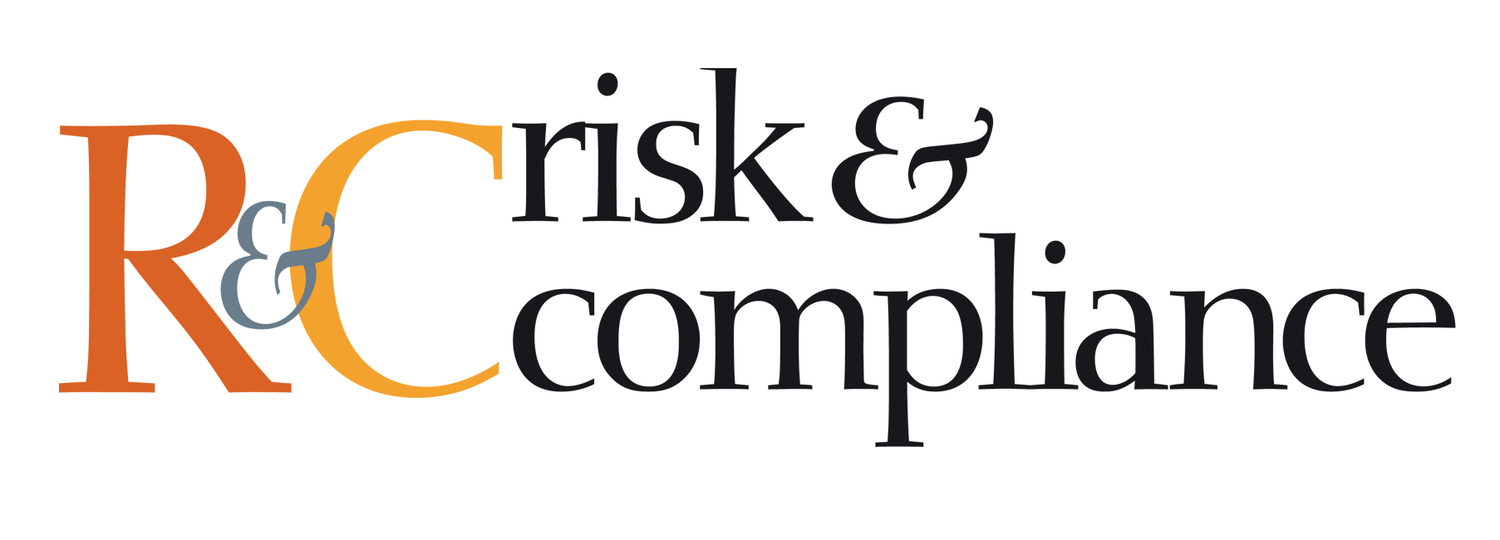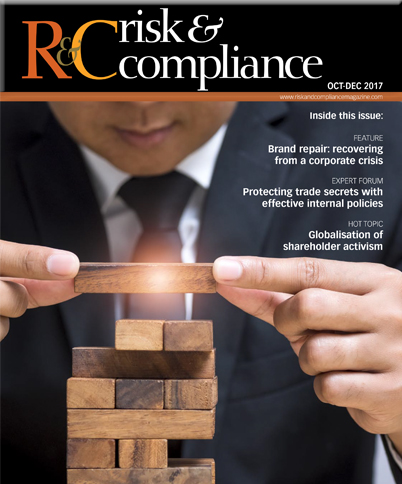DRIVING RISK MANAGEMENT WITH A ROBUST MODEL IMPLEMENTATION PLATFORM
Predictive models have long been an integral part of effective risk management in financial institutions. However, the 2008 financial crisis brought the usage of these models to the forefront of regulatory scrutiny. In the years that have followed, many institutions have endeavoured to improve both the quality of the models that they employ as well as framework within which they implement their models. Moreover, new regulations like IFRS9 and CECL will require more complex and granular modelling frameworks. Not only does this require increased statistical rigour, but much greater transparency around the entire modelling process has become a necessity. Financial institutions of all sizes face many challenges related to ramping up the quality of their modelling frameworks.
Risk models are highly scrutinised by many different groups, such as internal and external model validation teams, internal and external auditors, regulators, senior management and business users. Since this level of scrutiny necessitates many costly reviews, reducing frictions in any of the review processes can lead to considerable cost savings. While the first wave of scrutiny focused more on model estimation, increasingly focus is shifting to the way models are implemented –particularly with an interconnected system of models.
Many large firms have historically made a delineation between model estimation and model implementation, with completely separate teams handling each. The reason was that model developers were typically stronger in fields like econometrics and statistics, while the model implementers were stronger in fields like computer science, programming and financial engineering. However, this setup can lead to problems in hand-offs between these two groups, such as incorrect translations between the two teams, long timelines to get models into production, inability to make changes or improvements to models, and constraints on building best-in-class models due to knowledge gaps in either group.

